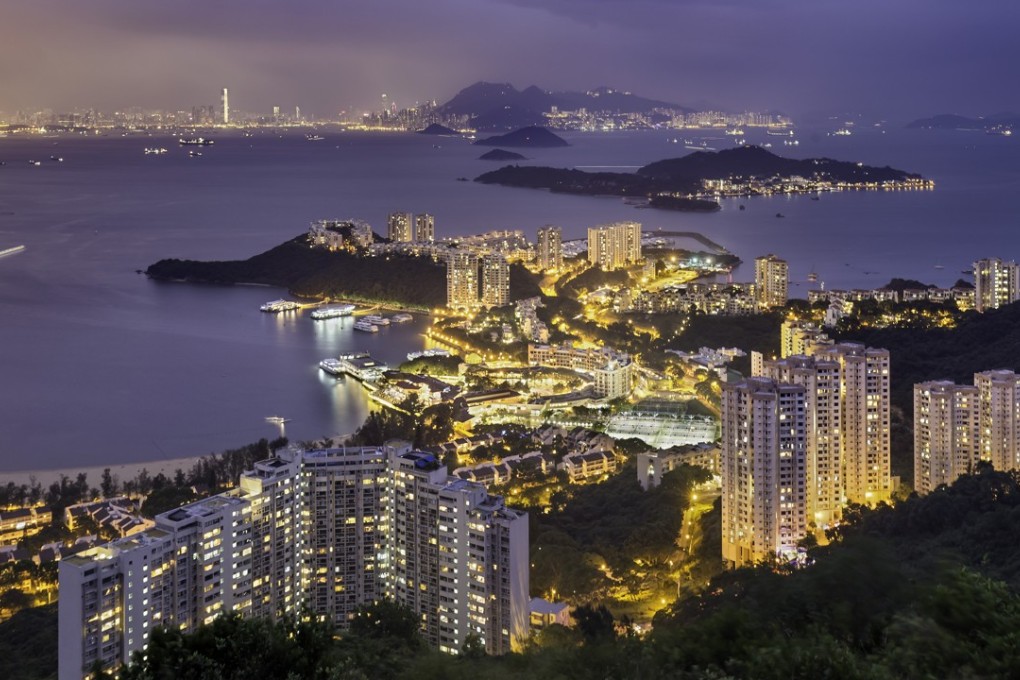Develop Lantau Island, but with the greatest of care
For a small and growing city like Hong Kong, the choice is clear: we have to make the best use of land that is available without harming the environment

Lantau Island has always been destined for further development ever since the opening of a world-class airport and a new railway line some two decades ago. Hong Kong’s largest outlying island is now also home to a modern exhibition and conference centre, an international theme park and a thriving business and residential new town of 100,000 people. It therefore makes sense to further develop on this foundation, taking into account environmental protection and heritage conservation. The government has made some efforts in striking the right balance. Under the revised Sustainable Lantau Blueprint released earlier this month, the number of tourism and recreation projects has been scaled back. Officials said some of the proposals, such as spa treatment centre, stargazing facilities and cable car extension, were not feasible. But projects such as building a water sports centre, a mountain bike training ground and an adventure park would go ahead. The adjustments should address concerns of indiscriminate development.
According to the government, the island is to become a “double gateway”, connecting the city to the world by flights and to and from the Pearl River Delta via the Hong Kong-Zhuhai-Macau bridge under construction. There will be three low-carbon communities in North and East Lantau, providing homes for 700,000 to one million people, as well as 470,000 jobs in the long run.
The plans are understandably a cause for concern for conservationists. The 147 sq km island is dubbed by some nature lovers as Hong Kong’s “last unspoilt backyard”, with lush green mountains, pristine beaches and centuries-old cultural heritage sites. Any development must proceed with caution.
The sensitivity is also acknowledged by Secretary for Development Eric Ma Siu-cheung, who likened public debate over the blueprint to throwing a stone into water. We trust the development chief realises that the actual development goes beyond making some splashes or causing a few ripples. In the case of the proposed reclamation along the Lantau coastline, the impact is irreversible. That makes environmental impact assessments and conservation plans more important. Ma is to step down on June 30. But the public expects his successor, Michael Wong Wai-lun, to keep the commitment to balancing development with conservation.
We could leave everything untouched and do nothing, or make better use of what we have to press ahead with development in a measured approach. For a small and growing city like Hong Kong, the choice is clear. The revised blueprint is the result of vigorous debate over Lantau’s development in the past decade. It is time we turned them into reality while minimising the adverse impacts.
